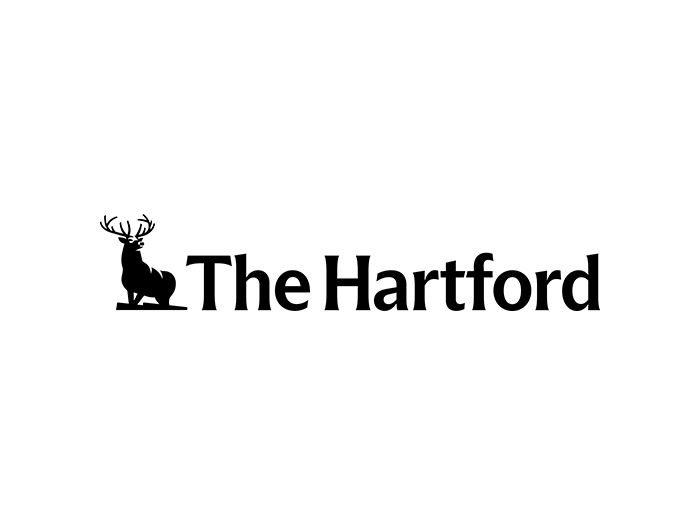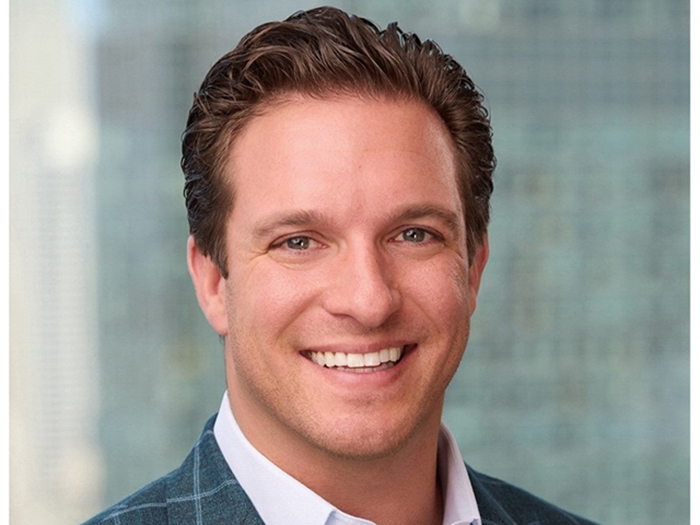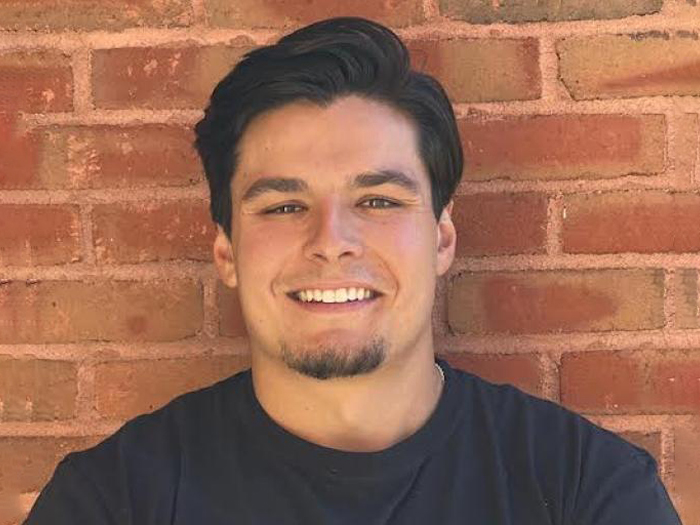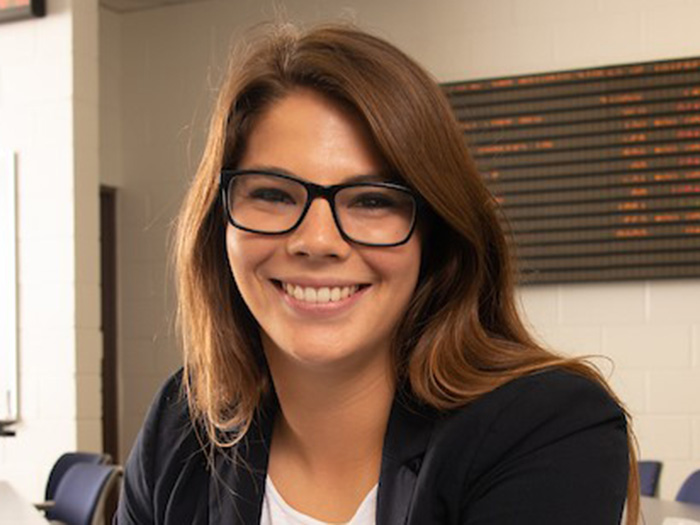The Insurance Communicators: 7 Questions for Steve Zenofsky
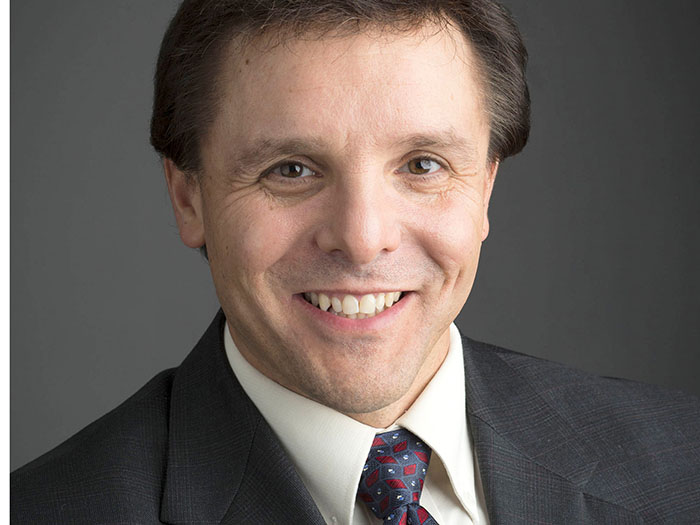
The professionals that focus on communications, public relations and marketing in the insurance industry perform a vital function. They’re the ones that build needed bridges between the industry, the media, policyholders and other key players.
It’s possible that insurance will never be fully understood by significant portions of the public and private sectors. But that doesn’t mean these communications professionals don’t keep trying!
In this series from Risk & Insurance, we interview public relations and media relations professionals who have spent a significant portion of their professional lives in the insurance space. The goal of the series is to give the industry and the world at large a better idea of the important work these professionals do.
In this installment, we talk to Steve Zenofsky, who has been a public relations professional for more than three decades. Most recently, he was head of public relations at FM Global, where he worked for 25 years. Before that, he worked in health care and the nonprofit sector.
Zenofsky is accredited in public relations and was inducted to the PRSA (Public Relations Society of America) College of Fellows.
An active volunteer, Zenofsky cofounded the University of Rhode Island’s chapter of the Public Relations Student Society of America (PRSSA) and is its professional advisor. He also serves on the Boy Scouts of America’s national public relations and communications committee.
Risk & Insurance: What was your first job in the communications field?
Steve Zenofsky: I started out as a journalist. I worked in print and in broadcast. I interned at the Providence Journal, and then the newspaper hired me as a freelancer — a stringer, as they called it back then.
Once I graduated college, I was an associate news producer in TV. But the pay was so lousy that I was actually making more money flipping pizzas, and the hours were better.
R&I: What does the arc of your public relations career look like?
SZ: I had dreams of being a journalist who was going to change the world and reveal truths. At the same time, in the early 1990s, that’s when sensational journalism was really coming to the fore, and that didn’t really mesh with my values.
A mentor said to me, “Steve, you could take your background in the media and help organizations tell their stories and support their business outcomes.”
And so that’s what I did. My first job in public relations was at a hospital. It was a small, two-person department, and we did everything, including internal, external and crisis communications.
Then from there, I spent several years in the nonprofit sector, where I learned the value of building public relations programs with absolutely no budget and having to develop grassroots programs where you needed to mobilize like-minded individuals as your brand ambassadors to help get things done.
Part of my efforts helped a struggling nonprofit organization end up surviving. It still exists to this day. At the time, it was called the Rhode Island Children’s Crusade for Higher Education.
As a result of that nonprofit experience, I feel more well grounded today and appreciative for the little things, and I strive to be as efficient as possible with budgets to maximize them.
I’d add to that the respect for those people out there who are making a true difference in our communities every day who often go unseen.
I joined FM Global because the company and the employees are purpose-driven, much like the health care and nonprofit background I came from. Its uniqueness as a mutual insurer that’s focused on helping clients prevent property loss and become more resilient through science-backed engineering solutions appealed to me.
As the company grew, so did my responsibilities. During my career, I helped build the public relations program across four continents to enhance and safeguard the company’s reputation and differentiate the value of its property risk management approach.
R&I: Thinking about insurance now, how do you think the industry could do a better job of telling its story to the public?
SZ: I believe part of the insurance industry wants to have that appreciation from the public for what it does and how integral insurance is to society. Then I put on my B2B hat and ask, “OK, well, what is really most important to your commercial insurance business? Is it really telling that story to the public?
“What are your business objectives? Who are the most important audiences you’re trying to reach? Do they understand your story, find it relevant and compelling to the point that they trust and want to do business with you?”
I believe the same thing can also apply in terms of building an employer brand. Do the people whom you want to come work for you understand who you are, what you do and why you do it, and is it relevant to what they’re looking for?
And to put a finer point on it, when it comes to effective employer marketing in the insurance industry, it’s important to remember it’s not about us [the employer], it’s about them [the prospective employee].
As soon as employers start telling their story with an emphasis on we, us and our, I believe they’re often stepping out with the wrong foot. It should lead with you and your. The story prospective employees care most about involves themselves and their self-interest.
The organizations that do a very effective job start by considering who it is that they’re trying to communicate with. What is important to them? What do they value? What’s relevant to them? Then try to answer that appropriately through integrated marketing.
R&I: When we think about mistakes people in the insurance sector make in their communication strategies or execution, would you call what you just described as a major flaw?
SZ: It can be. If you look at some of the marketing that’s out there, as soon as I see an overuse of words like we, us and our, that’s a red flag. If you go to insurance company websites you’ll see many are just littered with that kind of language. That’s where the opportunity is, to flip that.
There also are pockets within the insurance industry that are very homogeneous. And then some of those companies wonder, “Why are we just seen as a commodity?” It may be because they’re just churning out the same type of communications as their competitors. There’s sometimes little difference from one organization to another as to how they market themselves.
It really comes down to being able to effectively differentiate your organization and stick in people’s minds because you’ve demonstrated relevancy from their perspective and what’s important to them.
R&I: In your mind, what separates a great PR professional from someone who’s merely competent or a placeholder?
SZ: One of the key things is having a business mindset. The most respected public relations professionals I know are perceived as business people who happen to have expertise in public relations, rather than vice versa.
Secondly, it’s having extremely high standards of excellence backed with a commitment to ethical integrity.
Then from there, as professionals evolve, are they role models, not only within their place of employment but beyond their organizations, and how are they helping elevate the profession and professionals as well?
Then, lastly, is their drive for constant and never-ending improvement.
R&I: What advice would you give to a young journalism or advertising or communications major who might benefit from a career in this sector?
SZ: I mentor a lot of students, and they ask that question.
First of all, get as much diverse experience as possible through internships and volunteering. Be very curious and open-minded when you’re seeking out those opportunities. Then, take initiative. Be hungry; really look at that opportunity like an orange and squeeze it for all the juice that you can.
From there, network as much as possible. Building a professional network for yourself will pay huge dividends. That’s difficult sometimes for students initially, because they’re just getting their legs underneath them and building their confidence.
But I share with students all the time, there are so many caring professionals who, just by reaching out to them, you’ll discover how willing they are to be supportive and to help you get to the next level.
And then lastly, I always ask students to think about, “What do you want your personal brand story to be? How can you craft your story by design?”
So that way, when you’re interviewing for a job, you have a compelling story of not only what you did in school but how you excelled beyond that through internships and volunteer experiences, the difference you made there and the value you can bring to an employer. That will really help differentiate you.
R&I: From the work you’ve done, what has given you the greatest satisfaction in your career so far?
SZ: It’s probably those things on the periphery of my career, which has been about service to others. It has been seeking out those opportunities to help other professionals, aspiring students, and lend my expertise to nonprofits.
To be able to help them achieve what their vision is. To, hopefully, be able to impart in some way the lessons I wish I knew early on in my career or things that took me decades to learn that I can compress and impart to others in minutes. That way they can apply them and get meaningful results more quickly. &





